ALS and Tracheostomy
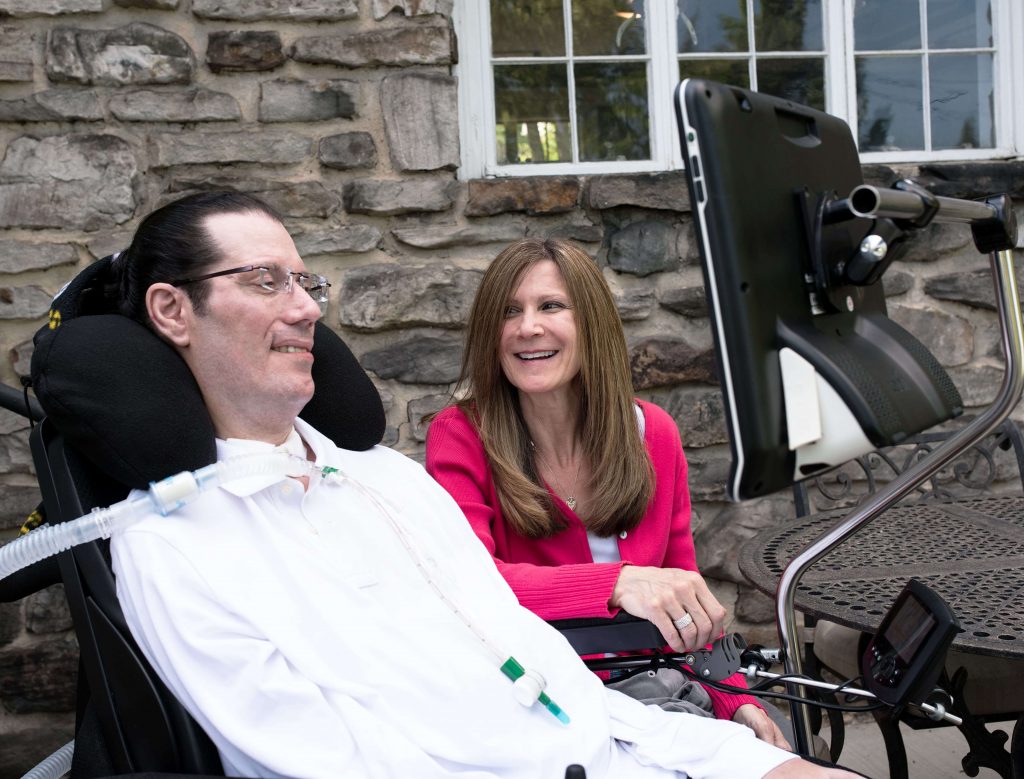
What is ALS?
ALS stands for Amyotrophic Lateral Sclerosis. It is a neurodegenerative disorder that affects the upper and lower motor neurons. There are two main types of ALS; bulbar and spinal.
As the disease progresses, it is common for the muscles of respiration to weaken and result in respiratory failure. Such patients may require intubation and mechanical ventilation for survival.
Should a patient with ALS choose to get a tracheostomy and mechanical ventilation?
Ideally it should be the patient’s choice whether or not to receive a tracheostomy and mechanical ventilation. There is no right or wrong answer, but only what is best for that particular patient.
Due to the progressive nature of ALS, it is important to discuss options before an emergency for life sustaining treatments including tracheostomy, mechanical ventilation, and long term means of nutrition and hydration. Not every patient will decide that a tracheostomy and mechanical ventilation is best for his or her situation. When options are discussed earlier, the patient can be more informed of the benefits, risks and alternatives of all treatment options. Palliative care may also be involved with the decision making process.
When is tracheostomy and mechanical ventilation an option for ALS?
Noninvasive ventilator assistance such as bi-level positive pressure (BIPAP) is typically the first option provided to help individuals with ALS to breathe. Bi-PAP is a machine that delivers pressurized air directly to the patients’ upper airways through a mask that is placed over the mouth. The timing of NIV is not clear cut and may be best to use an individualized assessment. If patients are symptomatic with respiratory muscle impairment, then NIV may be beneficial.
Mechanical insufflation exsufflation can also be used in conjunction to prolong the time until a tracheostomy would be indicated. Mechanical insufflation exsufflation is a device to remove respiratory secretions. Invasive mechanical ventilation via a tracheostomy is performed when noninvasive ventilator support is no longer adequate to support respiration.
Patients with bulbar ALS present with weakness of the muscles of the pharynx and upper airway. Difficulty with speech and swallowing are among the first symptoms and are common. The muscles of the tongue, lips, jaw and pharynx become weakened and may also have spasticity. Severe cases can result in difficult managing secretions. These patients have trouble swallowing their saliva and may also use mechanical insufflation exsufflation (MIE) devices to help clear secretions. These patients with bulbar ALS develop stridor and spastic upper airway collapse that can render MIE ineffective.
When these techniques are ineffective, there is continued aspiration of secretions, which can result in impaired oxygenation and pulmonary compromise.
A tracheostomy tube may be considered to assist with secretion removal. It can allow for access to suctioning secretions from the lower airway. This can be more comfortable than suctioning through the nasopharynx.
Sometimes patients can wean from mechanical ventilation to noninvasive mechanical ventilation (NIV). NIV may be possible once the underlying condition (such as pneumonia) has been treated. NIV can begin when the tracheostomy tube is capped (not with a speaking valve). Patients with ALS may be candidates for decannulation if provided with noninvasive mechanical ventilation and cough augmentation techniques.
How do patients with ALS communicate when having a tracheostomy?
When a tracheostomy tube is inserted, the initial tracheostomy tube is usually a cuffed tracheostomy. The cuff of the tracheostomy allows positive pressure ventilation to be provided directly to the lungs. The cuff limits airflow from escaping through the upper airway. Since air does not pass through the vocal folds and upper airway, there is no voicing. The person may attempt to speak, but is aphonic.
There are a few options for verbal speech for patients with tracheostomy and/or mechanical ventilation. Some patients may be able to vocalize with cuff deflation and a speaking valve can also be used. The Passy-Muir Valve can be used for patients either on or off the ventilator. Since patients with bulbar ALS often have significant secretion management issues and weak coughing, it may be difficult to tolerate cuff deflation. The Blom Tracheostomy Tube system is another option, which is a device that allows speech with the cuff inflated.
ALS does not usually affect a person’s cognition. However, the muscles of speech are often affected. If the patient with ALS has limited movement of the tongue, lips and jaw and very limited intelligibility, than alternate means of communication is available. There are simple non-speech generating devices such as an Eye-Gaze board. Another option is the Megabee which uses eye blinking to communicate.
A high tech speech-generating device may also be recommended in cases where speech is not an option. Tobii Dynavox has devices that can be used along the continuum of ALS. If the patient is unable to use their hands to access the device, there is an eye-gaze option.
Can a patient with ALS eat or drink on a ventilator?
There are some patients with ALS that may still be able to eat or drink safely with a tracheostomy tube in place while on mechanical ventilation. An instrumental assessment such as a Flexible Endoscopic Evaluation of Swallowing (FEES) or Modified Barium Swallow (MBS) is recommended prior to beginning food or liquids by mouth. These assessments provide a visual of the swallow process to help rule out aspiration (when food or liquid enters the airway) and assess swallow physiology. If the individual with ALS had difficulty swallowing before the tracheostomy and ventilator, the ventilator will likely not improve swallowing. A referral to a speech-language-pathologist who is competent in dysphagia management should be made to evaluate and treat swallowing.
If the individual is unable to safely consume food and liquids by mouth, there is an option for various feeding tubes to provide alternative means of nutrition and hydration. Gastrostomy tube feeding is when a tube is inserted into the stomach to help provide long term nutrition and hydration.
Does Tracheostomy Prolong Life for Individuals with ALS?
Survival after tracheostomy is generally increased, with the stronger effect in patients younger than 60. This survival advantage is apparently lost when TMV is performed in patients older than 60 (Spataro, R. et al, 2012).
ALS and Laryngectomy
Total laryngectomy may also be an option for patients with ALS. Laryngectomy is a surgical procedure which completely removes the larynx, resulting in the patient breathing only through the neck (stoma). Garvey (2009) recommended laryngectomy when the patient is no longer able to phonate intelligibly AND in patients with aspiration problems. Caregiver assistance is also recommended for patients who opt for a total laryngectomy.
Summary
It is important to discuss the treatment options that are available for patients with ALS including tracheostomy and mechanical ventilation as well as long term means of nutrition/hydration. Patients with difficulty managing secretions may be candidates if they choose this option. Some patients choose not to have a tracheostomy or mechanical ventilation placed. An advanced directive is important to provide the person’s wants and needs when we are at the end of life.
Resources:
Garvey CM, Boylan KB, Salassa JR, Kennelly KD. Total laryngectomy in patients with advanced bulbar symptoms of amyotrophic lateral sclerosis. Amyotroph Lateral Scler. 2009 Oct-Dec;10(5-6):470-5. doi: 10.3109/17482960802578373. PMID: 19922142.
Spataro R, Bono V, Marchese S, La Bella V. Tracheostomy mechanical ventilation in patients with amyotrophic lateral sclerosis: clinical features and survival analysis. J Neurol Sci. 2012 Dec 15;323(1-2):66-70. doi: 10.1016/j.jns.2012.08.011. Epub 2012 Sep 16. PMID: 22989611.


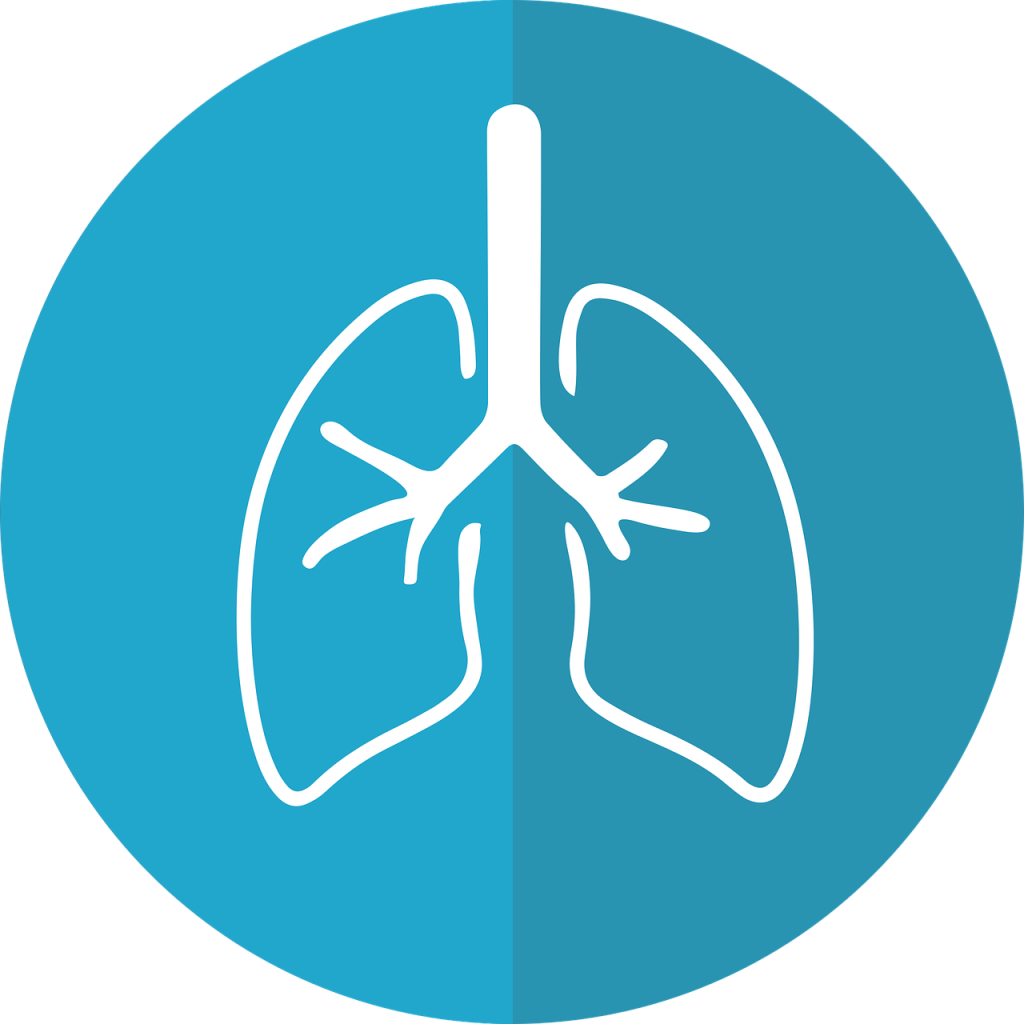
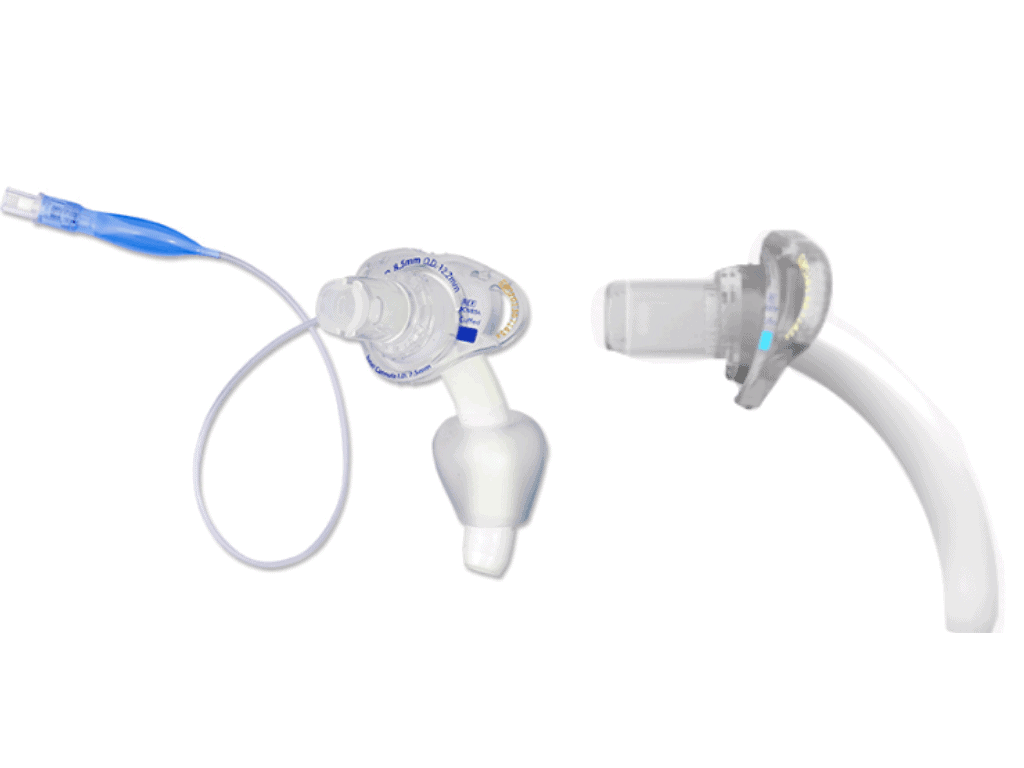

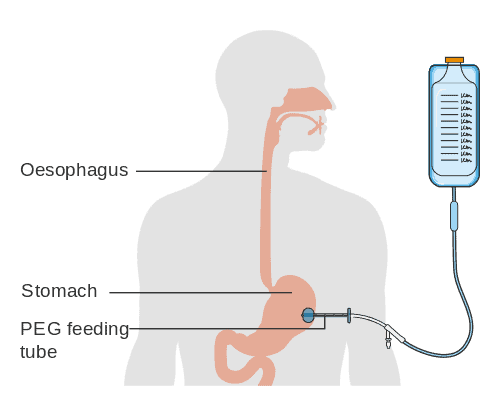
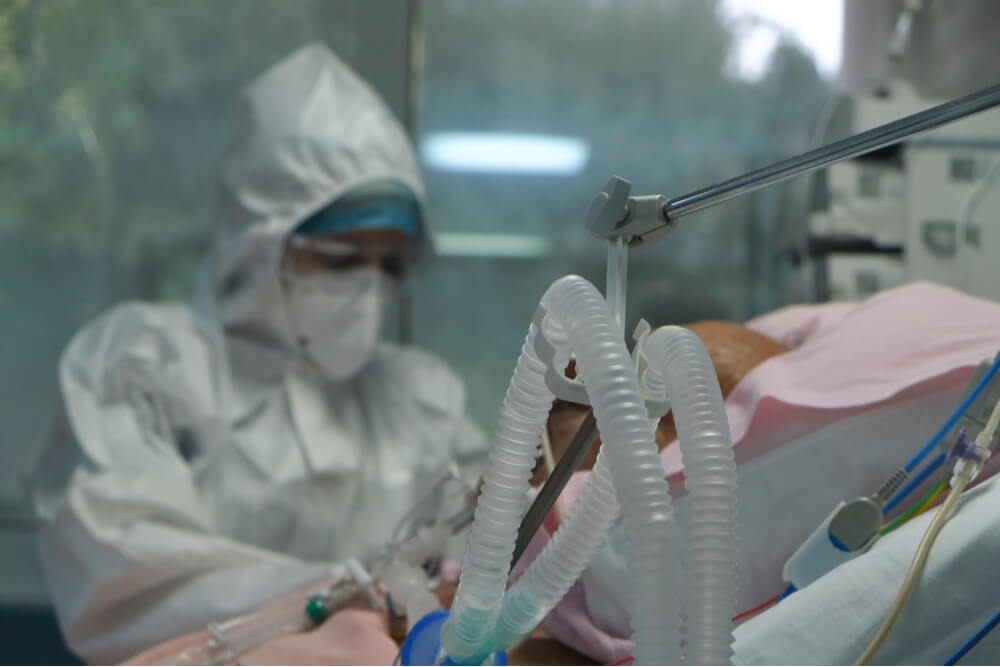
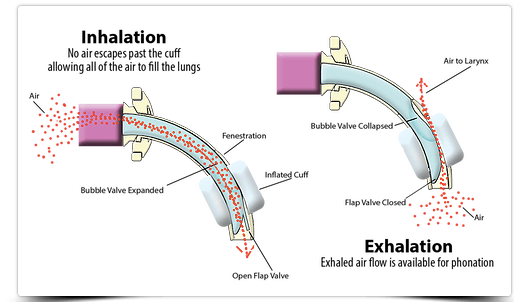

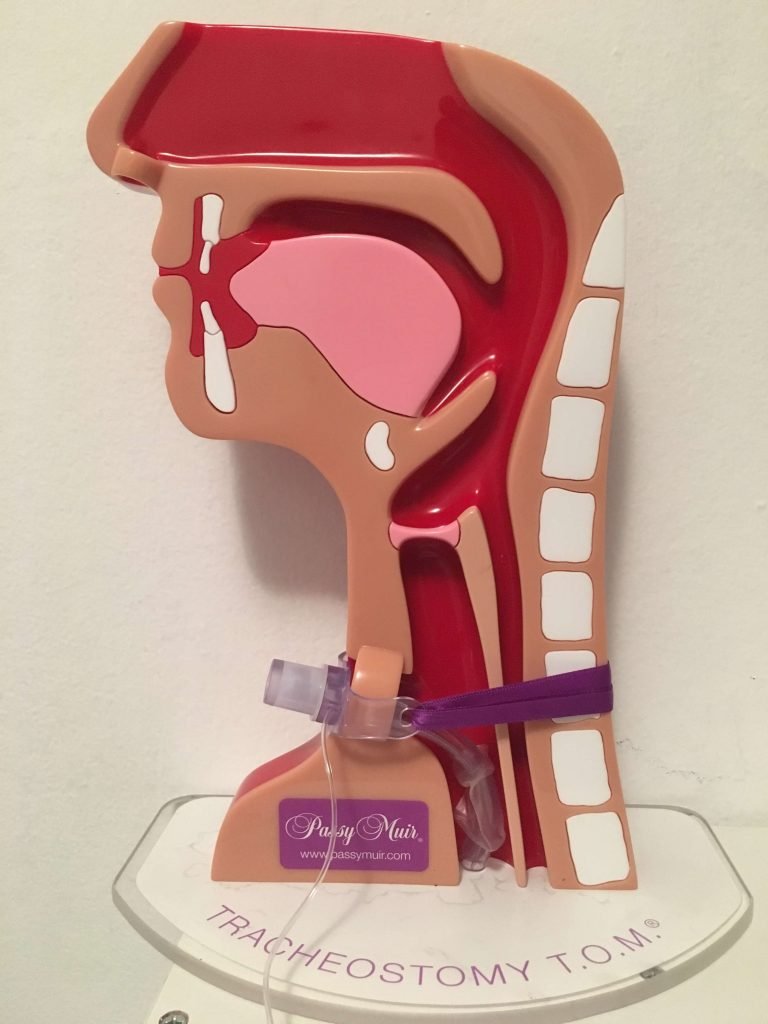
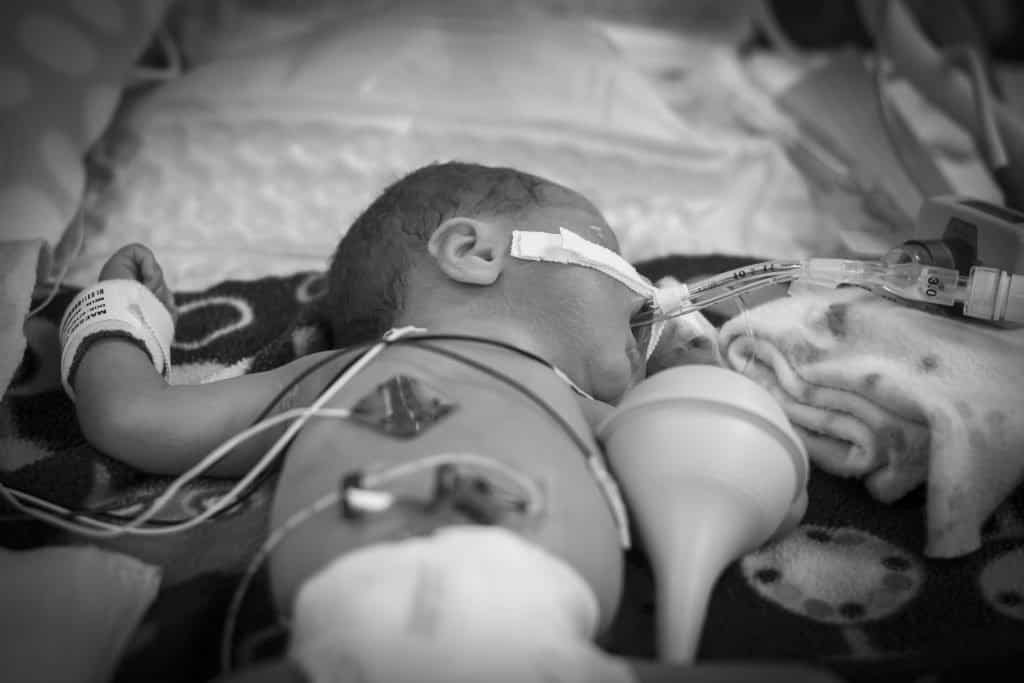
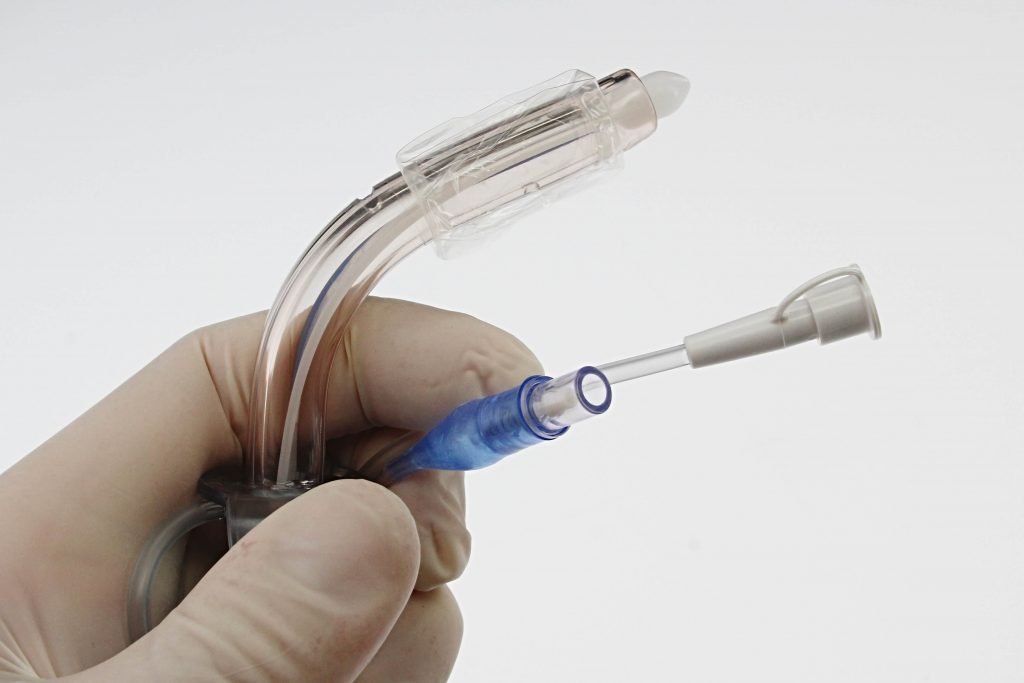

Responses